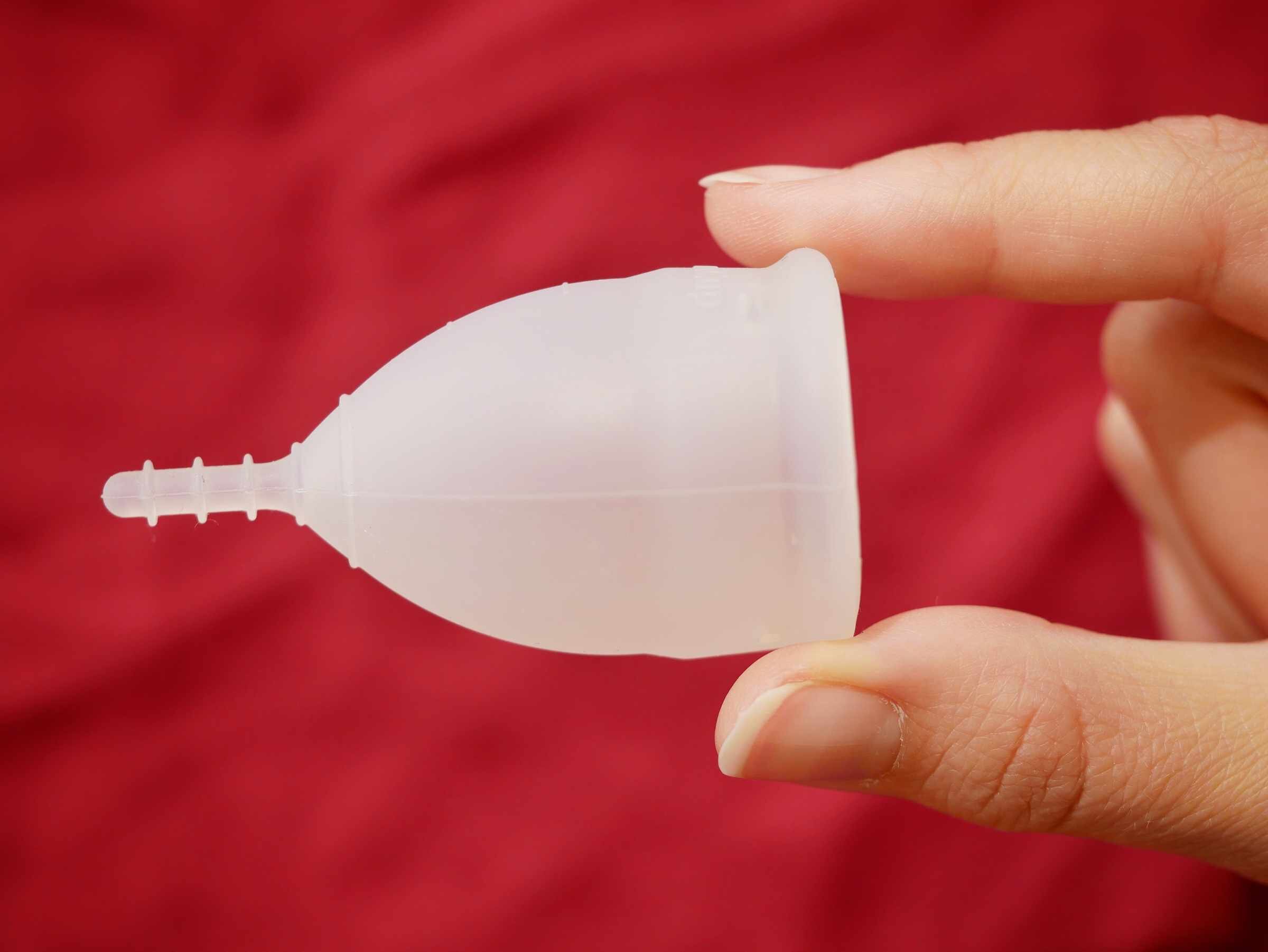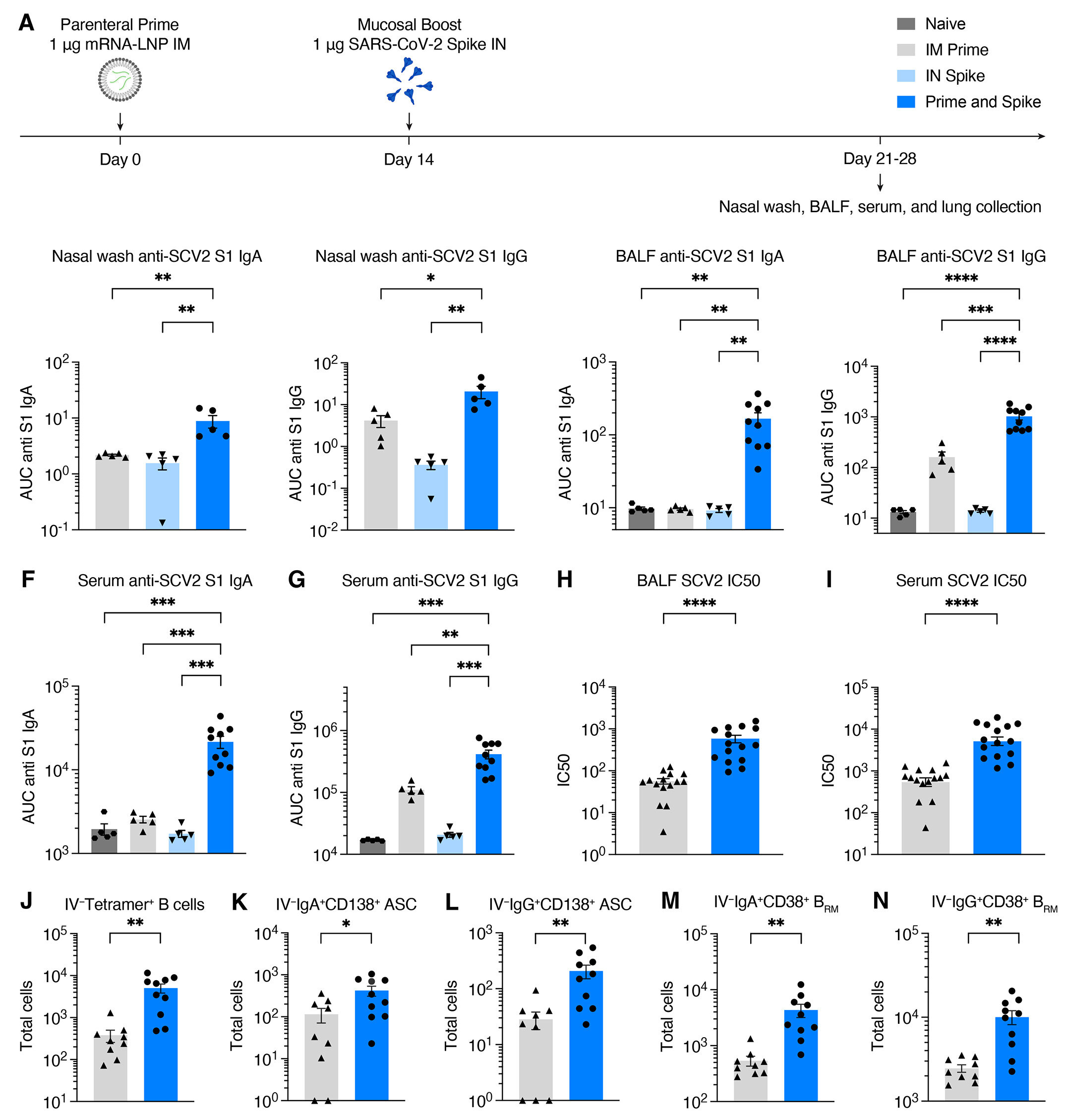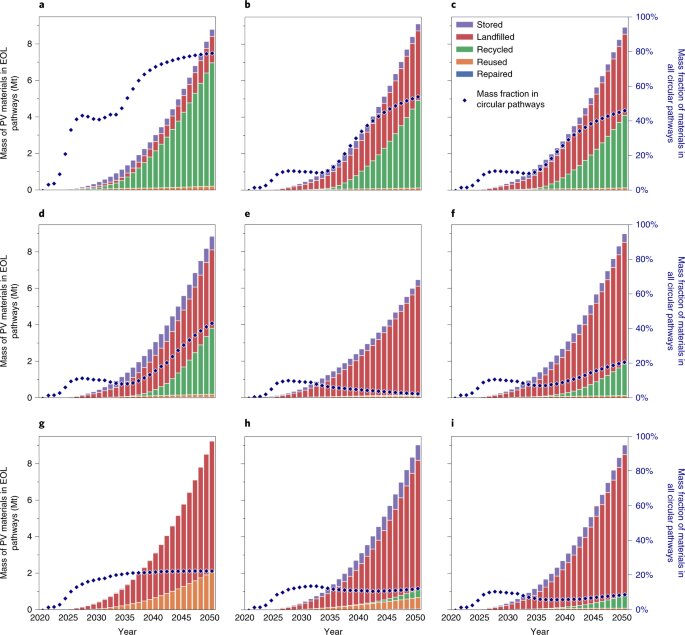#Why the recent increase in popularity?

Table of Contents
“Why the recent increase in popularity?”

Not quite sure what a menstrual cup is or how it works? You’re not alone. Menstrual cups have been around since the early 1930s, but use has only recently gained popularity.
The flexible cup is made of silicone, natural rubber, latex or thermoplastic elastomers. The menstrual cup is inserted into your vagina during your period to catch and collect menstrual flow.
How often you empty the menstrual cup depends on the size of the cup and your menstrual flow. The cup can hold up to three times as much fluid as a regular tampon.
With the increased popularity of the menstrual cup, more options are available for women. A variety of cup shapes and sizes accommodate each woman’s body type and needs.
What are the benefits of menstrual cups over tampons or pads?
Women have reported preference to the menstrual cup over other products for:
- Increased comfort
- Less interference with activities
- Less irritation
- Decreased odor
- Ability to wear the cup for longer periods of time than a pad or tampon
How much do menstrual cups cost?
The average woman spends between $50-$150 per year on tampons or pads. On average, a menstrual cup costs between $20-$40, lasting from six months to 10 years. Depending on which brand of cup is chosen and how often replacements are required, this can add up to significant financial savings.
Are menstrual cups convenient?
A menstrual cup can be worn up to 12 hours. Typically, tampons or pads should be changed every four to six hours. The cup allows for more time between emptying, especially on light days.
Using a menstrual cup prevents the need to carry extra pads or tampons, which many women find burdensome and even embarrassing.
Unlike tampons, the menstrual cup can be inserted around the time of an expected period, to avoid first-day leakage. Women of any age can use a menstrual cup, regardless of if she has had a child. Because menstrual flow is kept internally, there is a decrease in odor.
Do menstrual cups promote sustainability?
People often attribute disposable diapers to filling landfills, but tampons and pads also accumulate in landfills. The menstrual cup is reusable and significantly reduces the environmental impact.
Although the Food and Drug Administration does not require tampons and pads to list ingredients on packaging, you may have concerns about reports of tampons containing bleached cotton, rayon or viscose fibers and toxic chemicals. The menstrual cup is made of medical-grade materials, alleviating concerns of fibers left in the vagina from tampons.
What are the drawbacks of using a menstrual cup?
Women may find that emptying the cup can be messy, particularly if changing the cup in a public restroom. Rinsing the cup after removing is preferred, which can be difficult in a public restroom.
Disposable menstrual cups are available, which increases the cost of use of the product and decreases the sustainability for the environment. Disposable brands can be worn during intercourse.
Some women find it challenging to manipulate the menstrual cup in and out of the vagina. The cups are not one-size-fits-all. Until you find the right fit, the cup may feel uncomfortable, or there may be leakage.
The menstrual cup should be sterilized between periods. This is typically done by placing the cup in boiling water.
Although rare, toxic shock syndrome has been associated with tampon use. Menstrual cups also may be a cause of this rare condition. The exact risk is unknown for menstrual cup use, but it is believed to be less than with tampon use.
Women with an intrauterine device, or IUD, for birth control can wear a menstrual cup. You should ensure not to pull on the IUD strings when removing the menstrual cup. This may dislodge the IUD.
Overall, the menstrual cup appears to be a safe option for women during their period with many potential benefits. Individual preferences may vary, but if you have concerns or questions, discuss them with your health care team.
Organic tampons, cups no safer against toxic shock: study
2022 Mayo Clinic News Network.
Distributed by Tribune Content Agency, LLC.
Citation:
Menstrual cups: Why the recent increase in popularity? (2022, September 2)
retrieved 3 September 2022
from https://medicalxpress.com/news/2022-09-menstrual-cups-popularity.html
This document is subject to copyright. Apart from any fair dealing for the purpose of private study or research, no
part may be reproduced without the written permission. The content is provided for information purposes only.
If you liked the article, do not forget to share it with your friends. Follow us on Google News too, click on the star and choose us from your favorites.
For forums sites go to Forum.BuradaBiliyorum.Com
If you want to read more Like this articles, you can visit our Science category.



